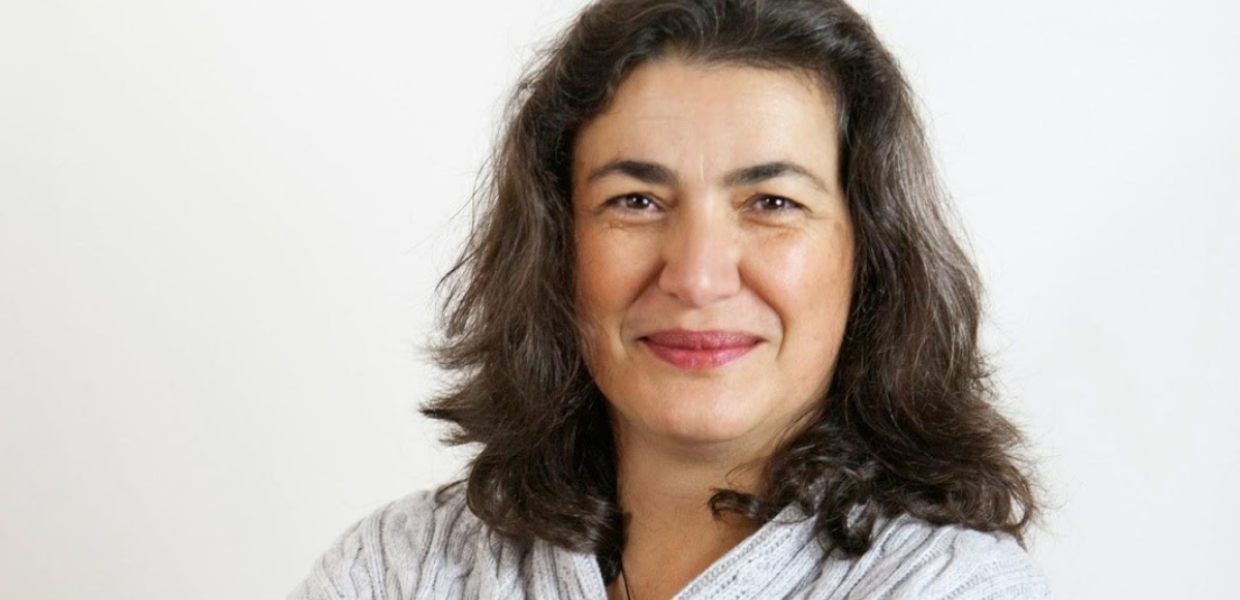How did you enter your profession?
I started as a classical archaeologist. When I was a child my summers were spent at the biggest archaeological site of the Aegean, Delos, the birthplace of Apollo, so archaeology for me is more than a discipline. As a university student I worked for several years on Delos, Paros and Naxos. After my studies in Greece and Norway, between 1996 and 2000 I was a field archaeologist for the KA Greek Ephorate of antiquities in Greece in Delos, Paros, Samos, Santorini. At the same time I worked as an archaeological guide, licensed by the National School of Greece.
What are you currently working on?
Since 2001 I have been a lecturer at the Norwegian University of Sciences and Technology (NTNU) in Trondheim, teaching Classical Archaeology, European Archaeology and cultural theory for the Institute of Archaeology and Department of Classics. Since 2006 I have also been Senior Research Librarian at the university library, which is the oldest scientific library in Norway and has special collections of great value for Norwegian national and regional history. In this role I have worked on outreach activities to promote these to our researchers, students and international collaborators, led several digital humanities projects (see Mubil.no, ARK4, and I manus) and participated in organisational committees and conferences. The projects I have worked on are situated at the intersection of 3D technology and preservation strategies in combination with educational programs for diverse audiences. Find out more on my blog.
This year I am on leave from the library, working with research support in our Brussels office for two years to map the landscape of European partnerships and calls. Our office is currently coordinating a European conference for an international public of 800 attendees on the subject of sustainable goals and the role universities can play.
What are some of the challenges in your role? What are some of your favourite elements?
The biggest challenge in my work at the university library of Trondheim has been to try and keep myself up to date with technology that develops so rapidly. A favourite element of my work is that I constantly meet younger generations as I hold courses for students of archaeology, history, archive science, museology and literature. Every year I also teach a theme on the Masters course Experts in team with the title ‘The digital dissemination of the past.’ For me this has been an arena of interdisciplinarity and inter-generational creative space that has been valuable for the development of the planning and working landscape of our institution. New partnerships and ideas are born every time I meet students and that is the thrill of working at a higher education institute with experience based learning.
What was your motivation for joining the Members Council?
Since beginning to work in Brussels, I have realised that Europeana was one of the main representatives of museums and libraries at a European level, with a mission connected to the protection and management of cultural heritage and representing the sector. I also participated in a EUvsVIRUS Hackathon with a project that won first prize in the Category challenge. We were told at the Hackathon that they have very few people from the museum sector joining these kinds of events, and through working with Europeana I hope to create more opportunities for cultural heritage professionals to do so.
As an archeologist, I have also always thought of our presence in relation to the past and the future. In times of crisis, such as this year’s COVID-19 pandemic, this has become an even greater imperative: how will all these cultural narratives and personal stories be preserved for the future? We need to find new ways to discuss this and create strategies for preserving our digital present which allow all to be included, in a responsible way.
What do you plan to do as a Members Councillor?
I am really thrilled to have been elected to the ENA Members Council from January 2021. I would like to work on inclusion, sustainability, and climate change responsibility. There are a lot of issues that still need resilient efforts to address such as discrimination based on ethnicity, disablity and gender, and challenges around the management and the dissemination of culture. I believe that Europeana can be the place where all can be included and solidarity and creativity can be the way forward.
I would also like to engage in discussions about documentation strategies for today’s digital data. We need forums like Europeana where people of profession but also of dedication create sustainable strategies to structure and disseminate the metadata of archives and special collections. I am already a member of several working groups, and looking forward to getting to know people, hopefully not only digitally, but in person in the future.



